Screen Shaft
ویژگی های محصول:
Ready to send
Please contact the sales department for sending the list and bulk purchase of products.
Immediate shipment of the product is possible.
$0
Dear user, prices are being updated, please contact us.
Screen Shaft: Applications, Advantages, and Choosing the Best Type
Screen Shaft is one of the key components in screening systems, used in the process of separating and sorting various materials. Shafts are responsible for transferring movement and mechanical force from the motor to the moving parts of the screen, thereby ensuring the correct and optimal operation of the screener. Choosing the right screen shaft can have a significant impact on the overall performance of the system, helping to improve efficiency, reduce costs, and increase the useful life of the equipment.
Applications and Advantages of the Screen Shaft
Screen Shafts are used in a variety of industries, including mining, construction, recycling, and the food industry. Due to their special characteristics, such as effective transmission of mechanical force and high resistance to pressure and wear, they are essential in many industrial processes.
Advantages of Using Screen Shafts include:
- Increased Efficiency: High-quality and suitable shafts can ensure optimal performance of screening systems and increase productivity.
- Long Lifespan: Choosing shafts with appropriate materials and proper design helps increase the equipment’s useful life and reduces the need for frequent replacement.
- Reduced Maintenance Costs: Shafts with appropriate design and materials require less repair and are easier to maintain, which helps decrease operational costs.
- Resistance to Wear and Pressure: Shafts with suitable materials and designs are capable of withstanding the pressures and wear from industrial operations, which helps reduce failures and increase system efficiency.
Comparison of Screen Shaft Types: Which Type Suits Your Needs?
In choosing a screen shaft, the type and material of the shaft play a critical role in its performance and durability. Screen shafts can be made from various materials, each with its own characteristics and applications. Below is a comparison of different types of screen shafts and their features:
| Type of Screen Shaft | Features | Advantages | Disadvantages | Applications |
| Steel Shaft | High resistance to pressure and wear | Long-lasting, resistant to heavy loads | Possible rust, requires more maintenance | Mining, construction, recycling industries |
| Stainless Steel Shaft | High resistance to corrosion and rust | Suitable for humid and chemical environments | Higher cost compared to steel | Food, pharmaceutical, chemical industries |
| Aluminum Shaft | Lightweight, adequate wear resistance | Reduces equipment weight, lower cost | Less resistance to extreme pressures | Light industries, lower heavy load applications |
| Composite Shaft | High flexibility, corrosion resistance | Long lifespan, requires little maintenance | High initial cost | Special industries, applications needing specific features |
| Bronze Shaft | Excellent resistance to wear and pressure | High durability, suitable for tough conditions | High price, heavy weight | Specific applications, high-pressure industries |
Types of Screen Shaft Materials and Their Applications
Steel Shafts: These shafts are common due to their high resistance to pressure and wear, making them ideal for applications requiring high durability and strength. Steel has a high mechanical resistance, capable of withstanding heavy loads and extreme pressures. However, steel is prone to rust and requires protective coatings for use in humid or chemical environments.
Stainless Steel Shafts: These shafts are well-suited for humid and chemical environments due to their excellent resistance to corrosion and rust. They are widely used in the food, pharmaceutical, and chemical industries due to their anti-rust and chemical-resistant properties. However, their initial cost is typically higher than steel shafts.
Aluminum Shafts: Due to their lightweight nature and adequate wear resistance, aluminum shafts are used in applications requiring equipment weight reduction. They are easily movable and cheaper than steel and stainless steel, though they offer less resistance to extreme pressures and wear.
Composite Shafts: Known for their unique properties, such as high flexibility and corrosion resistance, composite shafts are used in special industries and applications needing unique characteristics. They usually have a long lifespan with minimal maintenance, though they are relatively expensive initially.
Bronze Shafts: With excellent resistance to wear and pressure, bronze shafts are used in applications needing high durability and the ability to withstand tough conditions. While they are costly and heavier, they are ideal for high-pressure industries and tough environments.
Choosing the right screen shaft is crucial for optimizing the performance of screening systems. By considering each type’s features and specific industrial needs, one can select a shaft that offers the best performance, improving efficiency and reducing maintenance costs. Steel, stainless steel, aluminum, composite, and bronze shafts each have unique properties suitable for various applications, ensuring better performance and a longer lifespan for equipment when chosen appropriately.
Screen Shaft Price
| No. | Description | Price |
| 1 | Price of Steel Shafts | Please contact us |
| 2 | Price of Stainless Steel Shafts | Please contact us |
| 3 | Price of Aluminum Shafts | Please contact us |
| 4 | Price of Composite Shafts | Please contact us |
| 5 | Price of Bronze Shafts | Please contact us |
 فارسی
فارسی Arabic
Arabic
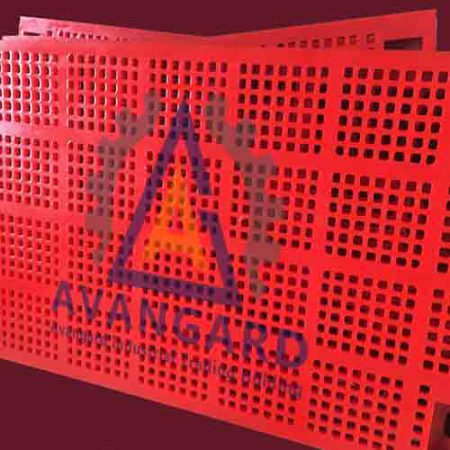
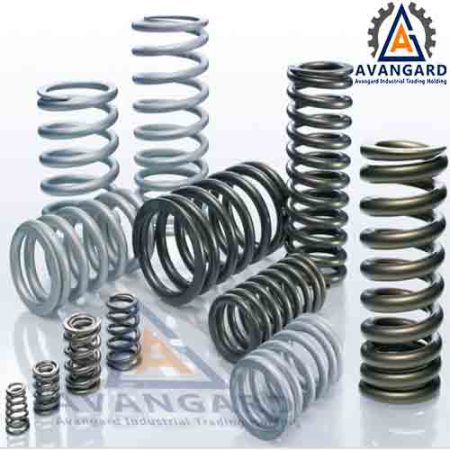

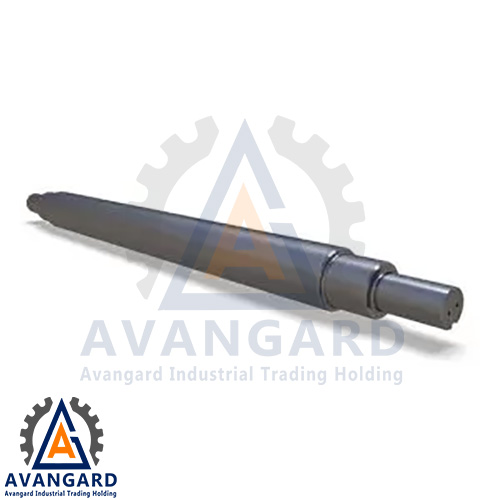
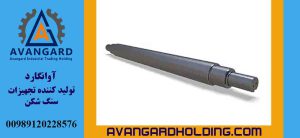
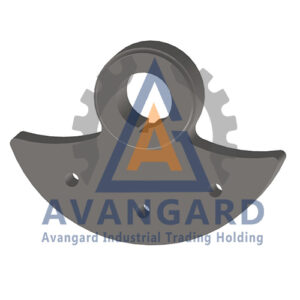
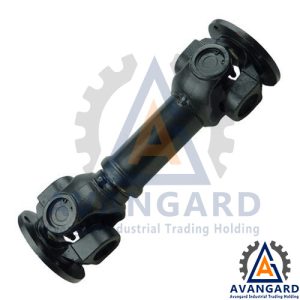

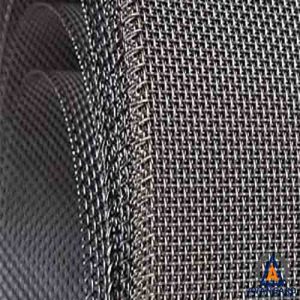
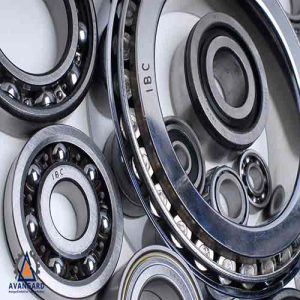
Reviews
There are no reviews yet.